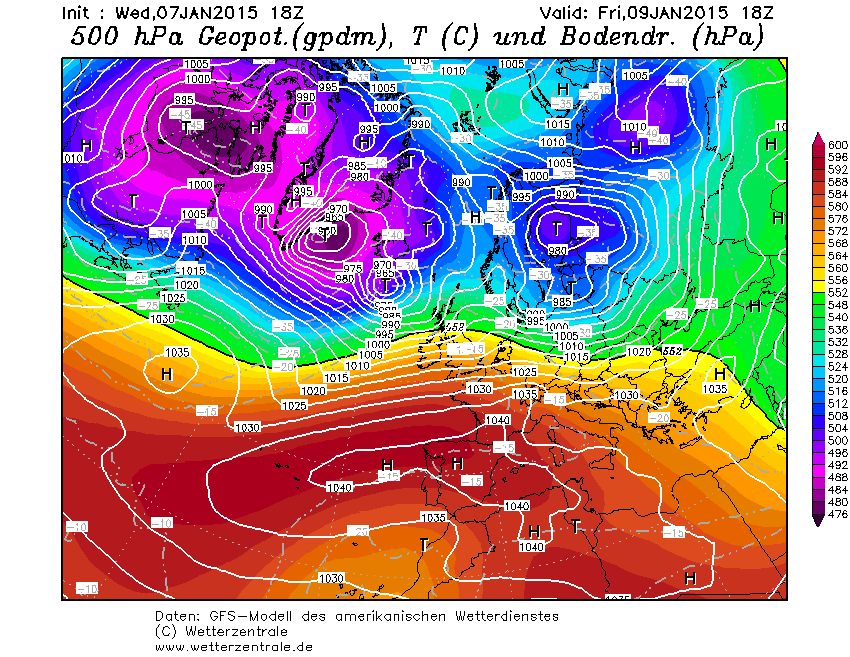PG-Leser Benni fragt:
Dass grundsätzlich bei Nordstaulagen in Gebieten wie Damüls, Lech/Arlberg, Seegrube und Fieberbrunn viel Schnee runterkommt, ist schon klar; aber, was bedeutet das im meteorologischen Sinne genau?
Schneien die Luftmassen exakt beim Auftreffen auf die nördlichen Voralpen ab, oder werden sie erst (adiabatisch) angehoben, um in größerer Höhe abzuschneien?
Wieso bekommt ein regional begrenztes Gebiet wie der Körbersee (Schröcken) bei Nordstau immer noch ein Quäntchen mehr Schnee ab, als die nähere Umgebung ohnehin schon?
Was ist mit Lee-Effekten? Es ist ja bekannt, dass die die Axamer Lizum, bei Nordstaulage im Lee der Innsbrucker Nordkette gelegen, weniger Schnee kriegt. Aber wie ist das z.B. mit Fieberbrunn, bei welchem es sich ja trotz nicht allzu hoher Lage um ein Schneeloch handelt? Kriegt das bei N- bzw. NW-Wind die volle Dröhnung, bei eher westlichen Winden, dann also im Lee hinter dem Wilden Kaiser Massiv gelegen, nur die Sparpackung?
Wie stark Staueffekte ausfallen, warum sie mal hier und mal dort ergiebiger sind und andere entscheidende Details dieser Art hängen von verschiedenen Faktoren ab.
Einerseits ist da die Topographie. Man stelle sich die anströmenden Luftmassen vor wie einen Bach in einem steinigen Bachbett. Wenn da in einzelner großer Stein liegt, fließt das Wasser eher drum herum als drüber. Das geht einfacher, wegen der Schwerkraft und so. Wenn jetzt aber der WetterBlog kommt und einen Damm errichtet (in Kindertagen hat man sowas ja sehr gern gemacht!) an dem das Wasser nicht vorbei kommt, dann staut es sich und steigt solange bis es drüber fließt. Beziehungsweise staut es sich mal kurz ein bisschen und dann hält irgendein blöder Stein nicht mehr und überhaupt haben wir Wasser in den Gummistiefeln und kalte Füße, aber man sollte vielleicht nicht allzu sehr abschweifen. Jedenfalls gibt es an einer langen Bergkette (wie zum Beispiel den Nordalpen), um die die Luft nicht herum kommt, mehr Stauniederschlag als etwa an einem einzelnen Vulkan, der auch umströmt werden kann. Kleinräumigere Geländeformen spielen ebenfalls eine Rolle. Wenn man sich zum Beispiel ein Bergmassiv in Form des Buchstaben U vorstellt (von oben betrachtet), dann ist es im Sinne des steinigen Bachs logisch, dass der Stau stärker ist, wenn die Strömung aus Richtung des großen PowderGuide-Banners am oberen Seitenrand kommt und nicht von unten.






